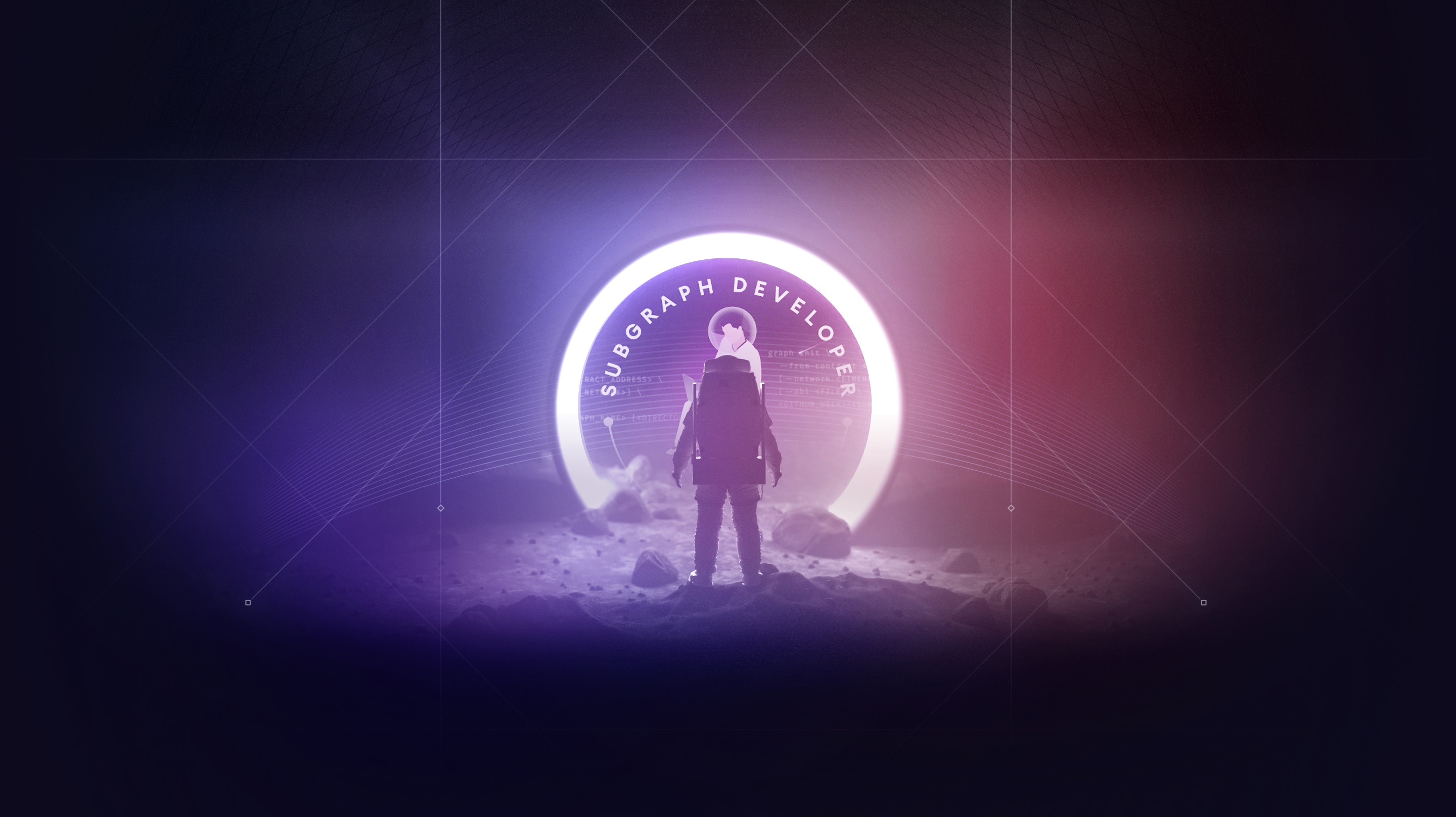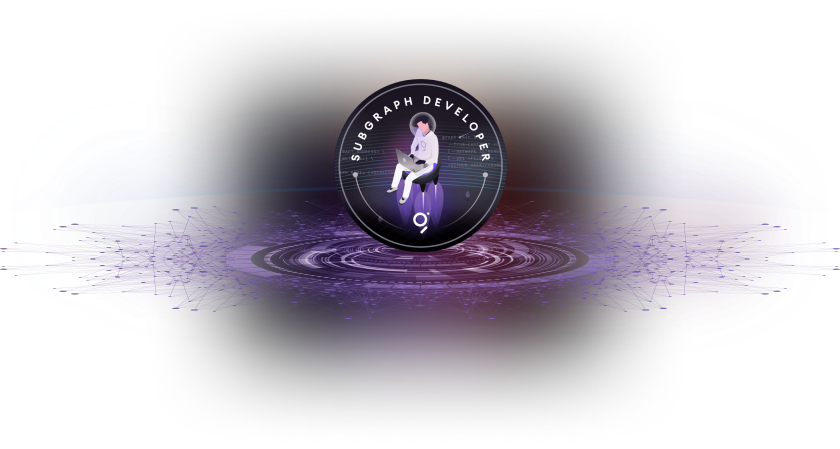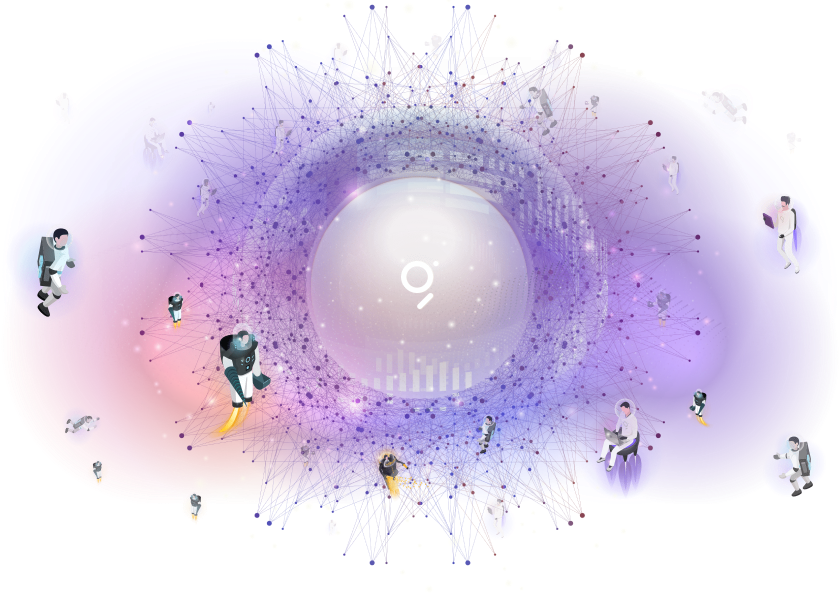

Subgraph Developers Earn GRT Migration Rewards for Building Open Source APIs
Subgraph developers that built subgraphs and claimed their POAP NFTs were rewarded with GRT for their contributions to open source software.
The Graph would not be where it is today without its subgraph developers - over 20,000 developers that deployed more than 18,000 subgraphs in the hosted service’s lifetime. This is why The Graph Foundation is excited to reward each subgraph developer with 685 GRT to support their migration from the hosted service to the decentralized network.
Subgraph contributors who redeemed their Subgraph Developer POAP NFT before July 6th have received the GRT to their Ethereum addresses. Earned GRT can now be used to pay for query fees for subgraph usage in the or curate on a subgraph in the ! If you haven’t claimed your Subgraph Developer POAP NFT, there’s still time!

Claim your NFT to Receive the GRT Reward!
Subgraph developers who contributed to subgraphs on The Graph’s hosted service between Jan 21, 2019 until May 26, 2021 are eligible for a Subgraph Developer POAP NFT and should’ve received an email to claim the NFT via . (Double check your spam!) Subgraph developers must have logged to the Graph Explorer with their github account or email to be eligible.
If you did not claim your NFT before July 8th you have a final chance to receive your GRT reward! Claim your Subgraph Developer NFT before July 15, 2021 at 12pm PDT to receive the GRT reward. All final rewards will be distributed by July 22, 2021, no further rewards will be distributed. If you failed KYC in any of The Graph’s past programs, you are not eligible for rewards.
Subgraph developers are the builders of the decentralized web, protectors of the open source commons and the architects of the global graph of data. We greatly value your contributions and look forward to collaborating with you more in Web3.

Migrate your Subgraph today!
including Audius, DODO, Livepeer, mStable, Opyn, PoolTogether, Reflexer and UMA are currently relying on and have migrated their subgraphs to the decentralized network. With today’s launch of the , developers can now easily migrate their subgraphs, test in the sandbox and publish on mainnet. Developers can also efficiently manage query fees and subgraph settings to customize their experience. Using subgraphs published on The Graph ensures that a dapp is relying on decentralized infrastructure to mitigate central points of failure and downtime.
“This community’s come a long way since we first made Graph Node available to developers hacking at ETHBerlin 2018. We’re really thankful to all the developers that chose to be early adopters, worked through early bugs in the software, helped us improve the developer experience, participated in discord, and made The Graph a core part of their stacks.”
Curate on a Subgraph
By using the subgraph developers can also earn GRT for their work by being one of the first to curate on subgraphs. Curators earn a portion of that subgraph’s query fees, so if you’ve built a high-quality subgraph with accurate or complex data, be one of the first to signal on it and stake GRT! Once a Curator stakes GRT, signal is minted along a bonding curve such that the impact of additional signal can vary, so it’s important that a Curator understands the utility and bonding curve dynamics of the subgraph they’re signalling on, including the risk that they could lose staked GRT.
Indexers prioritize subgraphs to serve queries, based on the amount of signal and expected query fees. Application developers will also choose their subgraph APIs based on expected reliability and quality, so make sure to signal on the subgraphs that are likely to power dapps in the future.
About The Graph
is the leading indexing and query protocol powering the decentralized internet. Since launching in 2018, it has empowered tens of thousands of developers to effortlessly build and leverage across countless blockchains, including Ethereum, Solana, Arbitrum, Optimism, Base, Polygon, Celo, Soneium, and Avalanche. With powerful tools like Substreams and Token API, The Graph delivers high-performance, real-time access to onchain data. From low-latency indexing to rapid token data, it serves as the premier solution for building composable, data drive dapps.
Discover more about how The Graph is shaping the future of decentralized physical infrastructure networks (DePIN) and stay connected with the community. Follow The Graph on , , , , , and . Join the community on The Graph’s , join technical discussions on The Graph’s .
oversees The Graph Network. , , , and are five of the many organizations within The Graph ecosystem.
